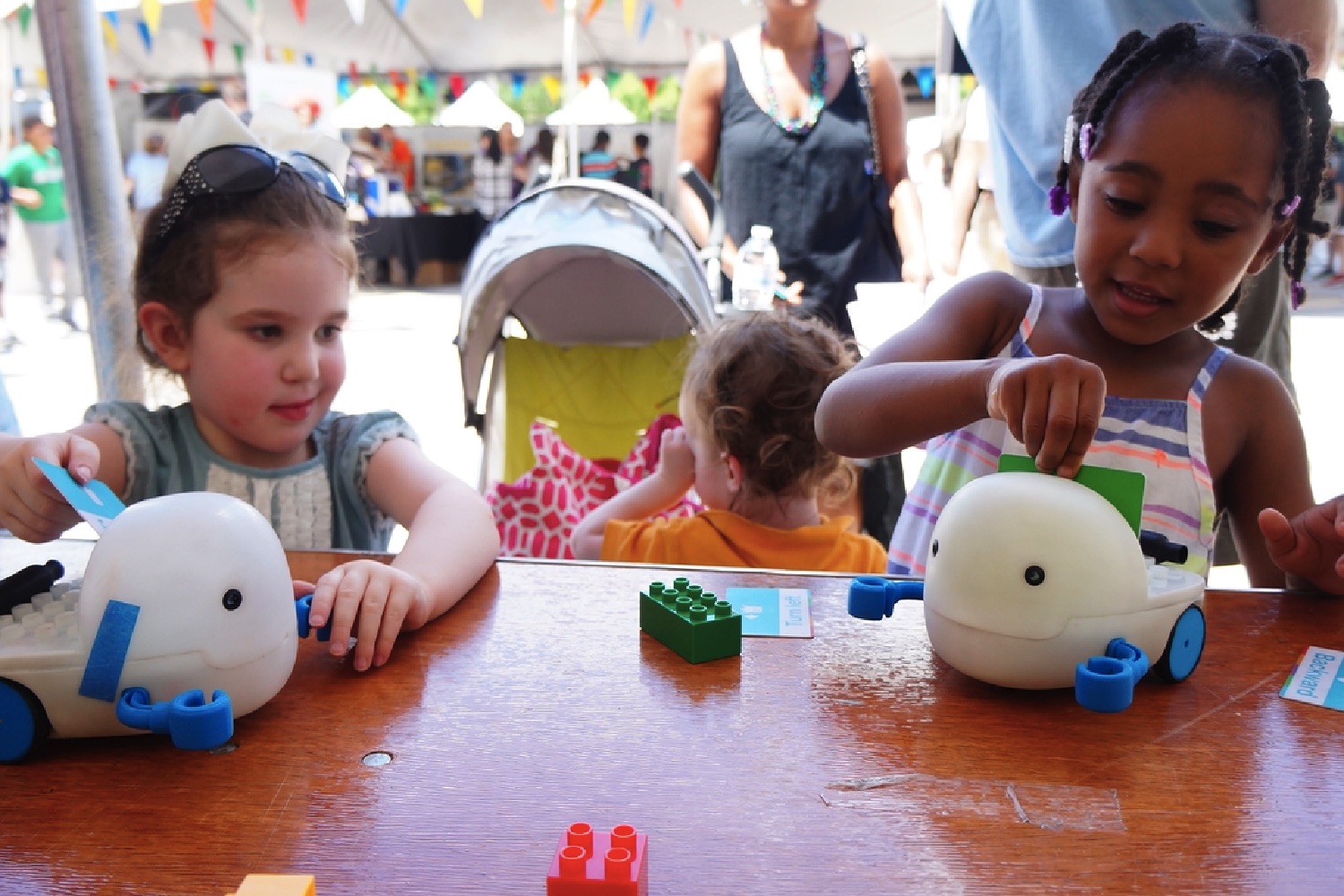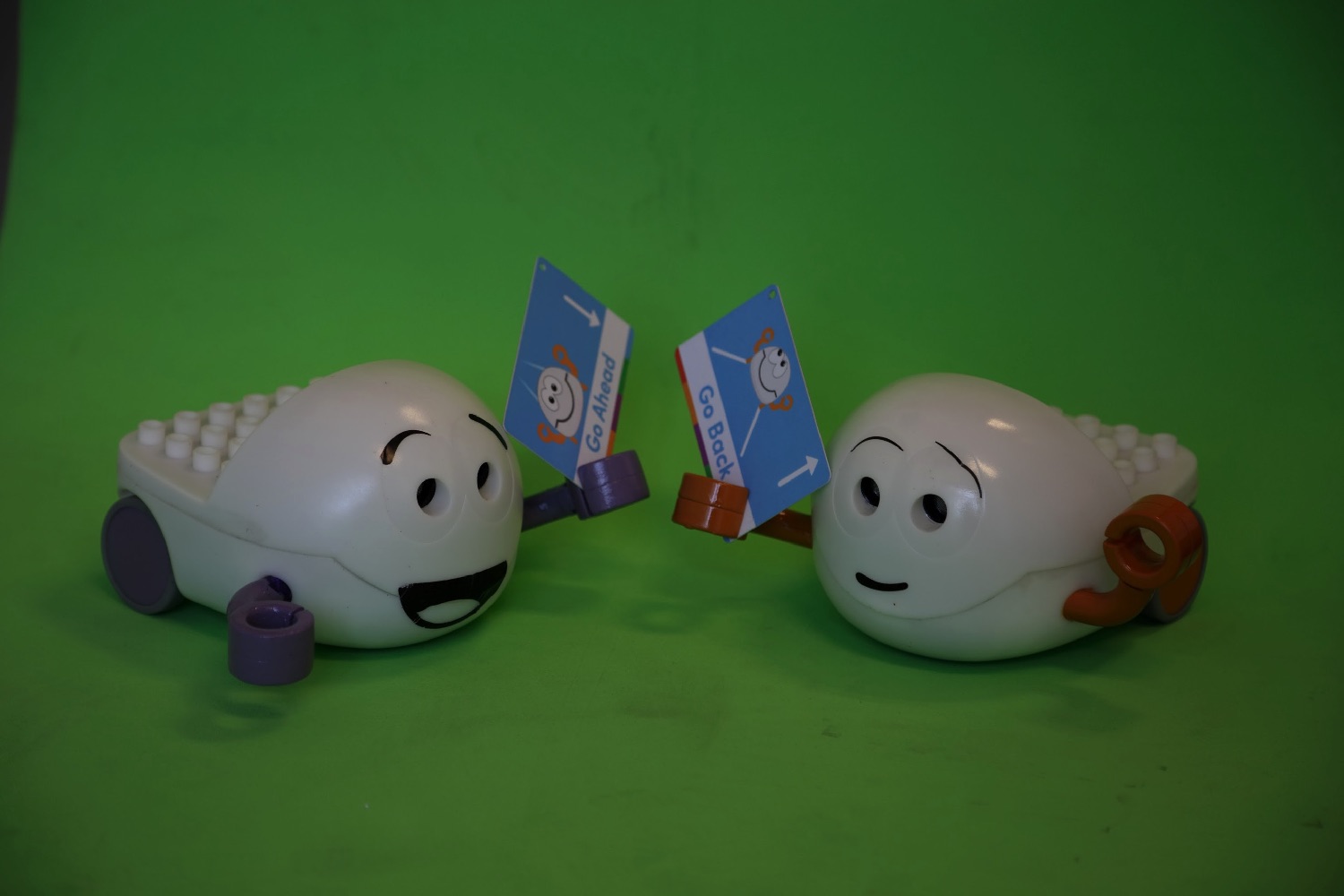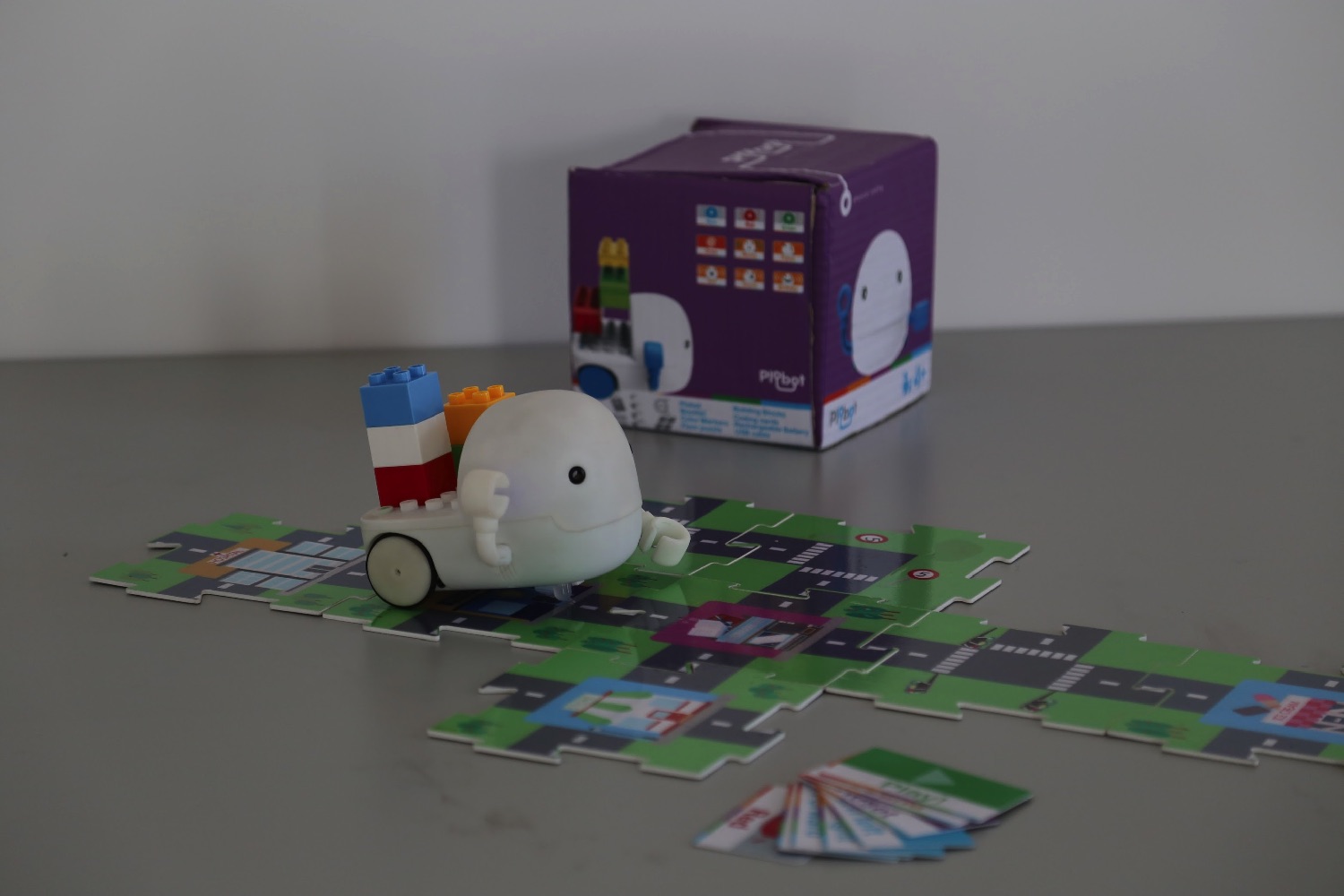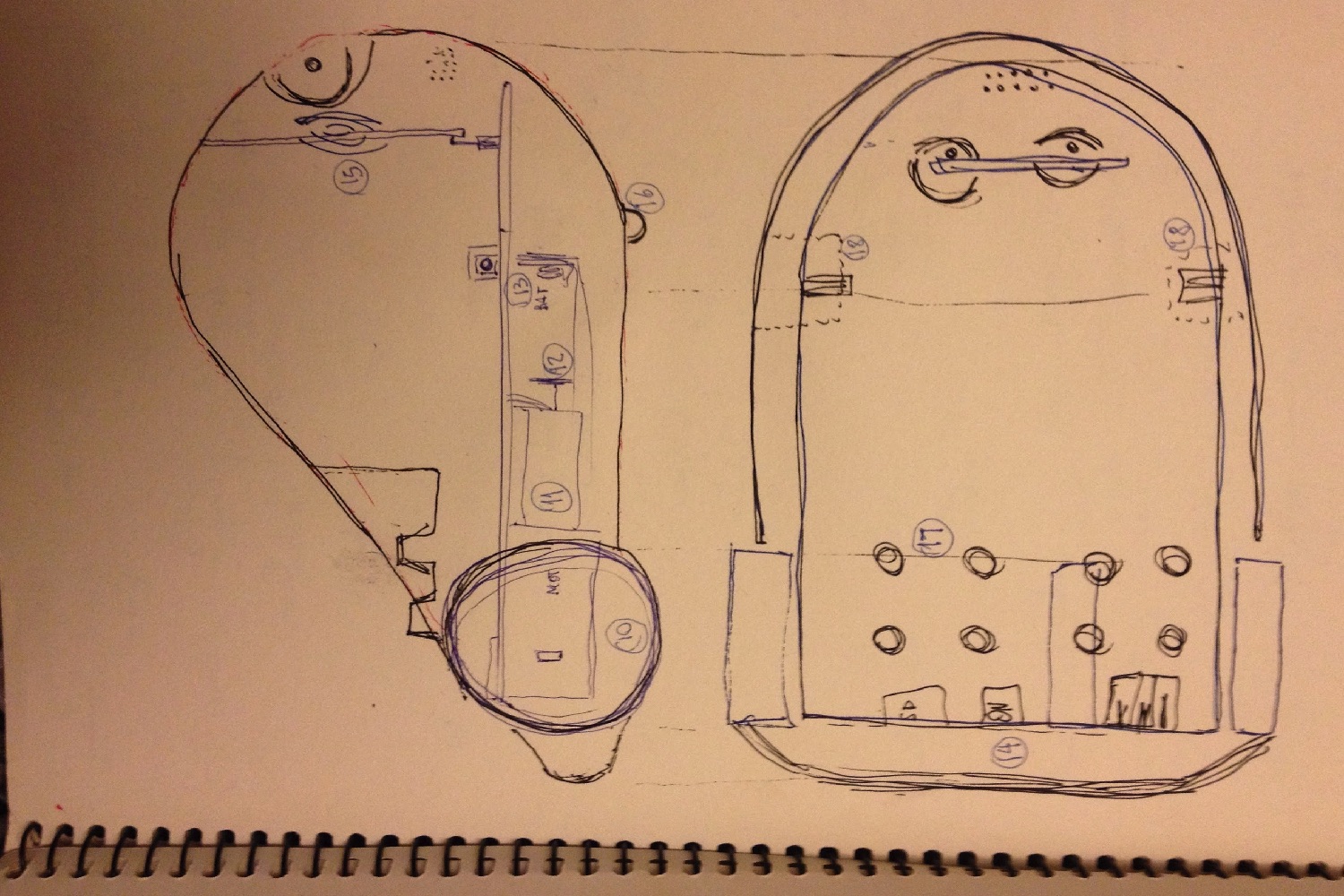Having previously developed prototypes for a robot that kids could teach using a computer or tablet, he was astonished when they seemed to lose interest way before he had expected they would.
“I was so disappointed by the response,” he told Digital Trends. “I felt that it was an amazing physical interaction, but you’d lose kids’ attention by using a screen.”
Parents, he continued, also had reservations about the use of screens. “They’re already worried about the amount of time their kids spend with screens,” he said. “Showing them a robot that connects with a tablet was just adding even more hours.”
Cossovich went back to the drawing board and, after finding some equally smart collaborators, has now re-emerged with a concept he feels solves that conundrum.
Currently raising funds on Kickstarter, Plobot is a coding robot that uses physical command cards to teach kids ages four and older about the basics of programming and computational thinking.
“It’s an attempt to convey computation thinking through games,” he continued. “On these swipeable cards are commands which let kids control the actions that a robot is going to perform. It’s a basic system, but it essentially works in the same way as other programming languages, in terms of syntax. However, for the kids, it’s just a fun toy which lets them interact with a robot.”
The command cards each contain a basic step, ranging from movement to activating sensors such as the robot’s RFID scanner. By swiping up to 50 instructions one after the other, kids can instruct Plobot on how to navigate mazes, play music, light up in different colors, sense nearby objects, and much more.
Without thinking too hard about it, kids therefore learn about breaking problems into sub-problems, variables, conditionals, loops, and other programming concepts.
The concept is one that Cossovich and his colleagues hope will have a big impact on helping kids to learn about computing — and, ironically, doing so without making them spend all their time staring at a computer.
If you’re interested in picking up a Plobot, you can do it at the Kickstarter link at the top of this page, where a single robot will cost you $79-plus. Shipping is set for March 2017.







